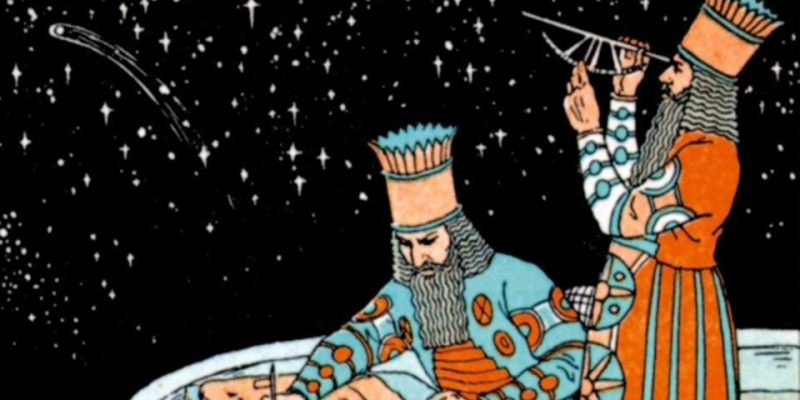
It all starts with curiosity. Human has always been curious to know things, how it works, where it came from, and what is it? It leads to the evolution of ancient astronomy.
As this curiosity with logic and maths turns out to be science, Ancient generations cluelessly looked up at the sky, wondering about stars and planets. On nights, the bright moon and shiny stars made them curious why these shiny things up every night and where they go in the daytime.
They started speculating about what these objects are, how far they are from us and why it shines at night? They made observations and differentiate between them day by day. They studied moon phases, stars different positions, and differences between stars and planets. They noticed the different colors of stars and their moments too.
In the daytime, a bright hot object comes up and goes done in the evening. It made them think about the sun and why it increases temperature when the sun is up and felt pleasant in the evening when it was about to go down.
All these questions lead to deep astronomy within them. All these observations helped them to understand their surroundings. They started understanding how they can use astronomy and their understanding in,
- Navigation
- Time understanding and managing
- Agricultural planning according to seasons
- Spiritually evolution
- Religious practice
- worships to nature
Seven ancient culture that has a major contribution in astronomy:
Babylonian Astronomy
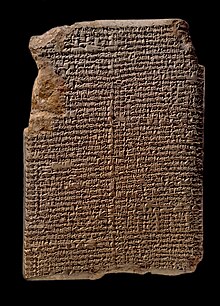
Babylonian Astronomy (Image Credits: Wikipedia)
Babylonians were the first civilization to document the movements of the sun and moon in back 1800 BC. They were first to divide the sky into zones, as it gets easy to study and make observations. They tracked five points in the night sky that moves differently from the other stars.
Hence they conclude those were not stars but planets. Historians and astronomers believe that Babylonians were the first to differentiate between stars and planets. The five points noticed by Babylonians were Mercury, Mars, Venus, Jupiter, and Saturn. Also, it is said that they were the first to document the famous Hailey’s comet.
Greek Astronomy
In the early 6th century, ancient greek astronomers documented the evidence that the earth is spherical. The great Pythagoras in his postulated that the earth and other planets (celestial bodies) are spherical. They observed the shadow of the earth on the moon during a lunar eclipse, and this leads them to calculate the circumference of the earth as they know it is spherical.
Greek astronomers and philosophers successfully calculated the accurate value of the earth circumference that was about 46,250 km, which is the most accurate value back then as the earth circumference value is 40,070 km. Many astronomical breakthroughs were done by great greek astronomer Eratosthenes’.
Indian Astronomy
India has a great numerical contribution to ancient astronomy. Indian astronomy is far away from mystical and religious and more towards sciences. Indian has documented the astronomical observations and scientific theories in a book series known as Vedas.
In this series, the Rigveda shows that year is divided into 360 days and then subdivided into 12 months of 30 days. This understanding of climate and seasons are totally based on astronomical observation and pure maths.
The new upcoming era of Vedas began was known as Siddhantic era. One of from series of Vedas books known as Siddhant, ‘solution’. In this book, there is a chart about a solar year, solstices, lunar periods, lunar eclipses, equinoxes, and movements of the celestial body.
In the 5th century, the real Siddhantic era began with the great astronomer and mathematician Aryabhata. A mathematical approach to astronomy and all the theories got upgraded with a mathematical explanation which is the farther version of Babylonians and Greek theories.
Indian astronomers came up with some force that holds the object to the earth and also celestial bodies at the point. It was an advanced opinion on Anaximander’s idea of equilibrium and pro-gravitational that was way before Newton.
Mayan Astronomy
Mayans use to deeply study, observe, and noted every aspect of the sky. Major buildings were built according to their astronomical observations and understanding. Particularly, Mayans studied the sun, moon, and venus. They used to worship the power of nature. They build huge tombs according to their astronomical knowledge.
On this basis of astronomical understanding, they developed the Mayan calendar. The Mayans have two different calendars first was solar 365 days a year, and the other was 260 days Tzolkin cycle, aligned every 52 years.
Egyptian Astronomy
In the 5th century, Egyptians documented their calendar in which they mentioned predictions about the flood. It was the most advanced culture back then. They use to worship the power of nature. They have built the pyramid and temples with such accurate positioning of stars and with great astronomical understanding.

Great Pyramid (Image Credits: Wallpaperflare)
The great pyramid of Giza is a huge construction that was built purely on astronomical knowledge. They use to observe celestial bodies and predict the floods in the Nile river. The calendar developed by ancient Egyptians is very close to currently we are using.
They used to measure time by sundials and divided the night sky into 36 groups of stars which helped them to navigate them at night. They use to measure time and divided the year into seasons. So it helped them in agriculture. Due to the desert area navigation, issues were solved by astronomical understanding.
Chinese Astronomy
At the start of 3000BC, the Chinese also made astronomical observations. The rising and setting of celestial bodies by the horizon. Chinese started measuring time and predicting lunar eclipses. At every month’s start, the astronomer’s work was to announce the monthly astronomical events and time.
In the year 1054, the Chinese made an astonishing discovery of supernova, which was the guest star once. Now, it is crab nebula. The Ganymede was first taken in the notice by Gan De. They were the first who try to plot the length of a degree of the meridian lines.
Persian Astronomy
Persian or Islamic astronomy started the observation and making documents on astronomy. They wrote the series of books, Azophi’s book known as the book of a fixed star. The first observation and description of the Andromeda galaxy were done in Persian in Azophi’s book.
To calculate the earth’s axis, Abu Mahmud ibn Khidr al-khujanadi builds a giant sextant. So, the calculation was more accurate. The large size helped it in many ways and made the calculation more accurate. Further, there were basic astronomical observations and noted in series of books. They made various corrections in the concept of constellations by Ptolemy.
Time saga
In the 2900-1800 BCE bronze age, in the french alps in Vallee des Merveilles north side of Nile, the archaeologists now have identified a clear image of the sun that was a circle with lines that indicate rays coming out of it, and two images of a star group known as the Pleiades.
In c 3000-1520 BCE, several stone-age cultures and buried chambers came in open that often faced the east, the direction from which sunrise. Stonehenge, alined on its principle of the axis, coincided with the direction of sunrise on the summer solstice. In c 350 BCE, the great Aristotle’s on the heaven’s stated that the earth’s shadow seen on the moon during lunar eclipses.
He also found the circumference of the earth, and it was most accurate till now. He also made observations on moments of stars that are visibly moving north to south of earth. In the 3rd century BCE, Aristarchus applied geometrical logic reasoning to calculate the distance between the sun and the moon, and also on the size of the sun and the moon.
Hence it proved that Aristarchus’s method was valid. By that time in the 2nd century, Hipparchus of Bithynia improved the Aristarchus method further and made excellent calculations. Till the start of the 17th century, no one questioned the 19 to 1 ratio of Aristarchus. Further, astronomy evolved by knowing the motion of planets, stars, double stars, galaxies, and other celestial objects.
As time went by, the maths and physics basic concepts got more clear, and those cleared ways of modern astronomy.
Present Scenario
All the observations and documents made by ancient astronomers are the pillars of today’s space and research. Today, we can observe the objects with distances of a light year and calculate the distance between them easily. We can send space crafts, rovers to space. Humans can see beyond the solar system and many more galaxies.
Study them by sending voyagers. Humans can see through time now. Now humans are trying to create a civilization on Mars and other planets. They are trying to make mars more habitat for humans and spread human intelligence. We are trying to find alien intelligence as well. Curiosity can lead us way further this. So, tie your seatbelts for an amazing journey.
Suggested Reading: 10 questions with Giulia Bassani
Author
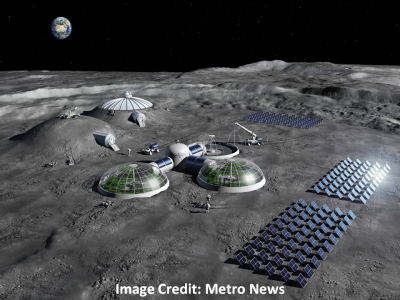
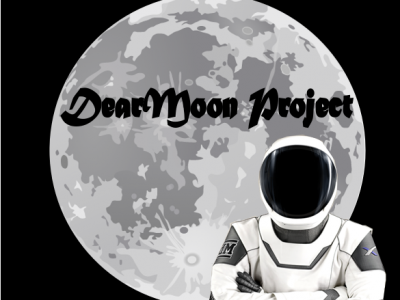

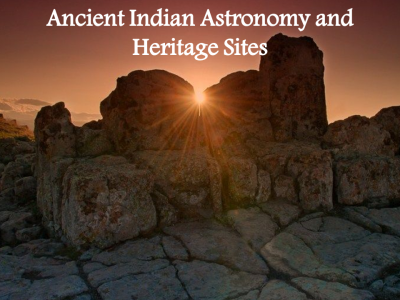






[…] Suggested Reading: Ancient Astronomy: A Brief History […]